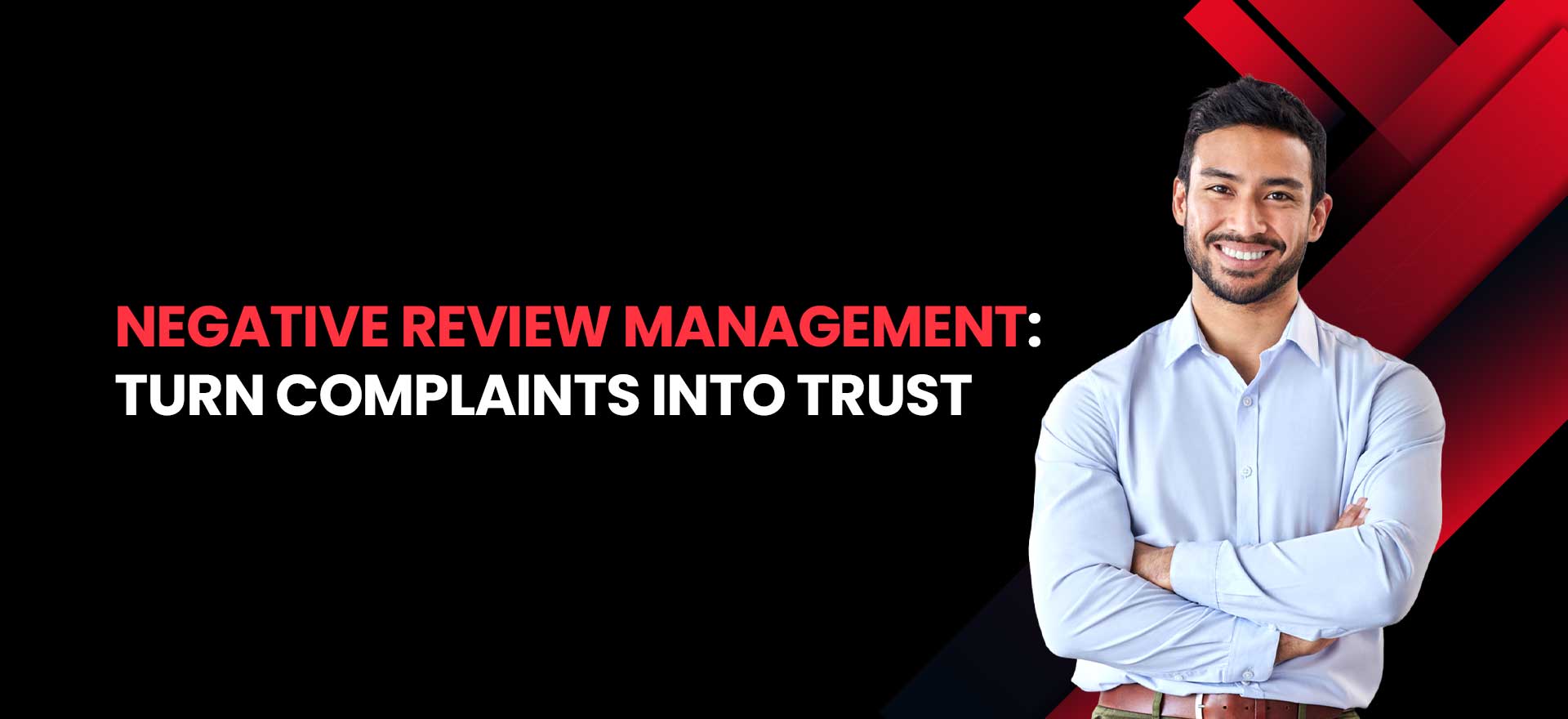The way users interact with search engines in recent decades has changed completely. Perhaps the most prominent shift observed is that on zero-click searches. A zero-click search occurs when a given INQUIRY proceeds to respond straight on that SEARCH ENGINE RESULT PAGE (SERP) instead of requiring the query for a click on an external link for further consultation. Such searches are currently placed on top of AI technology through generative search tools, such as Google’s AI overview, and large language models, such as ChatGPT.
This article talks about what are zero click searches, the way they currently weigh in with regard to search engine optimization (SEO), and ways businesses can adapt to this new behavior in the search.
What is a Zero-click Search?

A zero-click search is a result from a search engine that automatically answers the search engine result page (SERP) without requiring a user to click on any link. Essentially, this means that whenever users put in certain queries. They immediately receive that information on the results page. Such as queries about the weather, converting local time, or getting immediate answers to factual questions. This means that the user does not have to navigate away to obtain information on what they were seeking.
If an individual were to search for “Where is Nevada?” on Google, one would find one’s search results showing an immediate answer on the same page. Such as a map or brief description about the location of the state without clicking on any sites. The increasing prevalence of zero-click searches is a direct result of advancements in artificial intelligence (AI) where it applies in making it possible for search engines to provide more contextually rich. Summarized information right within the search results. Research shows that up to 80% of consumers are now using zero-click search results for at least 40% of their queries. Such changes in user behavior are changing the way businesses and marketers perceive search visibility and SEO.
Types of Zero-Click Search Results

There are various types of displays for a zero click search on the SERP. Here are some common forms of zero-click results:
Featured Snippet
Feature snippets are snippets of text placed at the very top of the search results answering a particular query. Featured snippets extract information mostly from a website in presenting quick answers, not requiring the user to click through it. Featured snippets may also contain links to videos or systematic instructions, again immediately feeding information to the user.
For instance, a search for “How to make coffee” will include a step-by-step guide within the snippet, meaning the user would not need to go to any site.
Answer Box
Another common form for a zero-click search is the answer box. In answer boxes, a direct answer is offer for a simpler query at the top of the search results. Direct answer boxes are generally for straightforward answer questions. “What is the capital of France?” or “How many inches are in a foot?”
In contrast to snippets, answer boxes do not link to outside sources, as they provide immediate answers to the questions.
AI Overview
AI Overview means summaries that come up on top of the search results page and are generated by some AI technologies. These overviews bring together information from a wide variety of sources from the web and offer concise and readable explanations concerning the particular topic. Whereas these summaries may provide links to the sources, often.The overview contains sufficient information to give the user answers to his question. Hence resulting in a zero-click content.
For example, when “climate change” is search, an AI-generated overview summary is provided that sums up the important facts about changing climate, barring any need for the user to click through to any site for more reading.
Knowledge Panel
It is a box appearing on the right-side panel of the search results any time the user searches for a particular entity, person, place, or organization. It provides relevant information regarding that entity, such as facts about it, images, and, sometimes, links to other sources. This knowledge panel may give all the information the user is seeking without having to view another separate webpage.
For instance, a search for “Albert Einstein” provides a knowledge panel that presents important information about his life, achievements, and photos.
Local Pack
Local packs are features that show up whenever the user performs location-based searches. It provides the user with a map and a list of local businesses related to the search query and also important working pieces of information such as business hours, addresses, and ratings. The local pack is mainly design to dispense with the need for the user to go ahead and click on a business listing. As the relevant information would be display on the SERP itself.
For example, “coffee shops near me” will present a local pack with a map and nearby coffee shops. Giving the user all the information he may require without having to visit the businesses’ websites.
How Do Zero-Click Searches Affect SEO?

Zero-click searches provide opportunities and threats for businesses and digital marketers. While they may create brand awareness, they may also create low traffic to the websites. Here is a list of how zero-click searches are affecting SEO:
Pros:
- Visibility Enhancement: Zero-click results such as featured snippets or knowledge panels allow for far greater visibility of the brand. While the user may not click on the link, the name of the organization or website will be display on the SERP, which could create many more future branded searches.
- Authority Building: If your brand is feature in a zero-click search-a-knowledge panel in particular tells users that your brand is credible and trusted. This can only help your reputation and visibility on search Engines in the future.
Cons:
- Less Traffic: When zero-click searches answer users’ questions directly on the search page. This means less traffic going to your website. Whenever your content is widely feature in a zero-click search. There is a chance for reduced organic traffic to your website.
- Misleading SEO Metrics: Traditional SEO strategies have been focus on clicks. but now it is about time that marketers reframe their measurement of success in zero-click scenarios. Tracking some of the traditional metrics, such as CTR, would not suffice. Rather, metrics like search impressions and AI reach will hit vital importance.
Strategies for Optimizing for Zero-Click Searches

Zero-click searches are here to stay, and businesses have to adopt a new SEO strategy to remain visible. Here are a few strategies for zero-click optimization:
- Optimize for AI Crawlability
As AI search engines and LLMs continue to grow in prominence, semantic optimization becomes vital. Ensure your website runs clear, structured content with intent-rich long-tail keywords. Which are better understood by AI. Stay clear of PDFs and gated content since these formats are quite challenging for AI to crawl and comprehend.
- Introduce Variety in Content Formats
For AI-driven searches, the next step will be to diversify the content types produced. Diversifying from text blog to video, podcast, and interactive content provides ample opportunities for user engagement while maximizing the scope of a featured snippet or AI overview.
- Build Topical Authority
Instead of moving for broad keywords, aim to build deep topical authority in your niche. In-depth, comprehensive content on specific topics will serve well, increasing your chances for zero-click prominence. Where search engines reward expertise and relevance.
- SEO Metrics Must Be Reassess
Move from the traditional click metrics to newer factors such as search impressions, AI reach, and visibility in zero-click results. This approach helps you assess the performance of your content in light of the change in search context.
- Boldly Experiment
As search engines and technologies change, marketers must prune their way through experimentation and adaptively.
Conclusion
Zero-click searches are changing how users work with search engines. Providing answers to queries almost instantly without waiting for users to click on external links. While this has proved challenging for classical SEO practices. It opens a window for businesses to increase visibility and build authority. Optimizing for AI crawlability and diversifying content types while focusing on topical authority will help brands stay relevant in a zero-click world and engage customers meaningfully.
FAQs:
- What does zero-click search mean?
Textual interaction in which a search engine user’s query translates the answer straight on the search engine results pages (SERP) is referred to as a zero-click search as it does not require the user to click on a single link.
- How to optimize for zero-click search?
Optimize your content to be AI-readable, focus on the intent of long-tail high keywords. Diversify your formats for content, and finally, build deep topical authority.
- What are zero search results?
Zero search results are the ones in which the search engine offers the immediate answer to a user’s question directly on the results page that includes featured snippets, direct answer boxes, and knowledge panels that answer the query without using any clicks.




